A well-designed patio can greatly enhance the beauty and functionality of your outdoor space. When it comes to patio flooring options, ceramic tiles have become increasingly popular due to their durability, versatility, and aesthetics. In this article, we will explore the benefits of patio ceramic tiles, their various types, installation process, and maintenance tips. Benefits of Patio Ceramic Tiles: 1. Durability: Patio ceramic tiles are known for their long-lasting nature, capable of withstanding harsh weather conditions, heavy foot traffic, and the test of time. 2. Versatility: With a wide range of colors, patterns, and textures available, ceramic tiles allow you to create a personalized patio design that complements your home’s exterior and landscaping. 3. Easy Maintenance: Ceramic tiles are low-maintenance, requiring regular sweeping and occasional mopping to keep them looking pristine. They are also resistant to stains and fading, making them suitable for outdoor use. 4. Heat Resistance: Ceramic tiles have excellent heat resistance, making them ideal for areas where the sun can beat down intensely, like patios or poolside spaces.

.
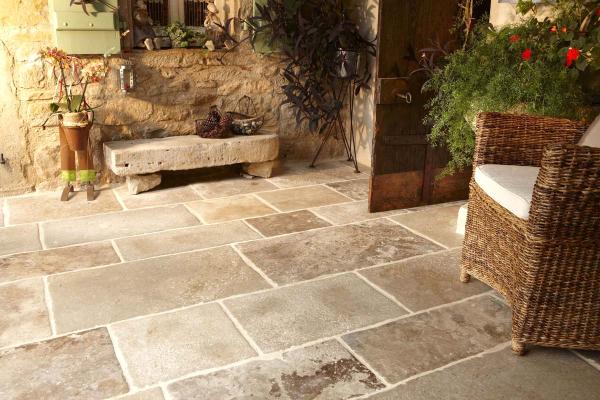 Types of Patio Ceramic Tiles: 1. Porcelain Tiles: These tiles are renowned for their strength and durability. Porcelain tiles are perfect for high-traffic areas of your patio as they resist stains and water absorption. 2. Glazed Ceramic Tiles: These tiles come in an array of colors and designs, perfect for creating a vibrant and eye-catching patio. The glaze adds an additional protective layer, making them resistant to scratches and stains. 3. Textured Ceramic Tiles: These tiles offer slip-resistant surfaces, making them ideal for areas around swimming pools or in regions prone to rainfall or humidity. They provide a safe and secure patio flooring solution. Installation Process: 1. Preparation: Start by clearing the area and ensuring a well-leveled surface. Remove any debris or old flooring. 2. Base Layer: Apply a layer of cement or mortar to create a solid and even base for the tiles.
Types of Patio Ceramic Tiles: 1. Porcelain Tiles: These tiles are renowned for their strength and durability. Porcelain tiles are perfect for high-traffic areas of your patio as they resist stains and water absorption. 2. Glazed Ceramic Tiles: These tiles come in an array of colors and designs, perfect for creating a vibrant and eye-catching patio. The glaze adds an additional protective layer, making them resistant to scratches and stains. 3. Textured Ceramic Tiles: These tiles offer slip-resistant surfaces, making them ideal for areas around swimming pools or in regions prone to rainfall or humidity. They provide a safe and secure patio flooring solution. Installation Process: 1. Preparation: Start by clearing the area and ensuring a well-leveled surface. Remove any debris or old flooring. 2. Base Layer: Apply a layer of cement or mortar to create a solid and even base for the tiles.
..
 3. Tile Placement: Lay the ceramic tiles one by one, ensuring an even gap between each tile for grout. Use a rubber mallet or a tile cutter to adjust the size and shape of tiles if necessary. 4. Grouting: Once the tiles are in place, apply grout using a grout float, filling the gaps between the tiles. Wipe off any excess grout using a sponge. 5. Sealing: After the grout has dried, apply a sealant over the entire tiled patio surface to protect against staining and moisture penetration. Maintenance Tips: 1. Regular Sweeping: Sweep the patio surface regularly to remove dirt, leaves, and other debris. 2. Mopping: Use a mild detergent mixed with warm water to mop the surface occasionally. Avoid using harsh chemicals that may damage the tiles. 3. Stain Removal: For stubborn stains, use a soft cloth or sponge with a non-abrasive cleaner specifically designed for ceramic tiles.
3. Tile Placement: Lay the ceramic tiles one by one, ensuring an even gap between each tile for grout. Use a rubber mallet or a tile cutter to adjust the size and shape of tiles if necessary. 4. Grouting: Once the tiles are in place, apply grout using a grout float, filling the gaps between the tiles. Wipe off any excess grout using a sponge. 5. Sealing: After the grout has dried, apply a sealant over the entire tiled patio surface to protect against staining and moisture penetration. Maintenance Tips: 1. Regular Sweeping: Sweep the patio surface regularly to remove dirt, leaves, and other debris. 2. Mopping: Use a mild detergent mixed with warm water to mop the surface occasionally. Avoid using harsh chemicals that may damage the tiles. 3. Stain Removal: For stubborn stains, use a soft cloth or sponge with a non-abrasive cleaner specifically designed for ceramic tiles.
…
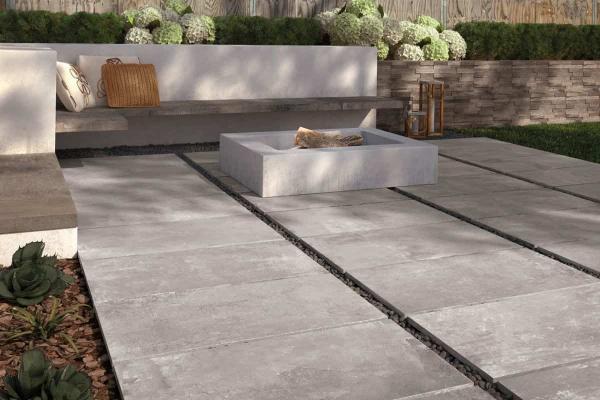 4. Prevention: Place mats or rugs in high-traffic areas to prevent excessive wear and tear on the tiles. 5. Periodic Inspections: Regularly inspect the patio for any damaged or loose tiles. Promptly repair or replace them to maintain the integrity of the surface. Conclusion: Patio ceramic tiles offer a durable, versatile, and visually appealing option for homeowners looking to upgrade their outdoor spaces. With various types and designs to choose from, a patio floor adorned with ceramic tiles can transform your backyard into an inviting space for relaxation, entertainment, and outdoor enjoyment. With proper care and maintenance, patio ceramic tiles will continue to enhance the beauty and functionality of your outdoor area for years to come.
4. Prevention: Place mats or rugs in high-traffic areas to prevent excessive wear and tear on the tiles. 5. Periodic Inspections: Regularly inspect the patio for any damaged or loose tiles. Promptly repair or replace them to maintain the integrity of the surface. Conclusion: Patio ceramic tiles offer a durable, versatile, and visually appealing option for homeowners looking to upgrade their outdoor spaces. With various types and designs to choose from, a patio floor adorned with ceramic tiles can transform your backyard into an inviting space for relaxation, entertainment, and outdoor enjoyment. With proper care and maintenance, patio ceramic tiles will continue to enhance the beauty and functionality of your outdoor area for years to come.

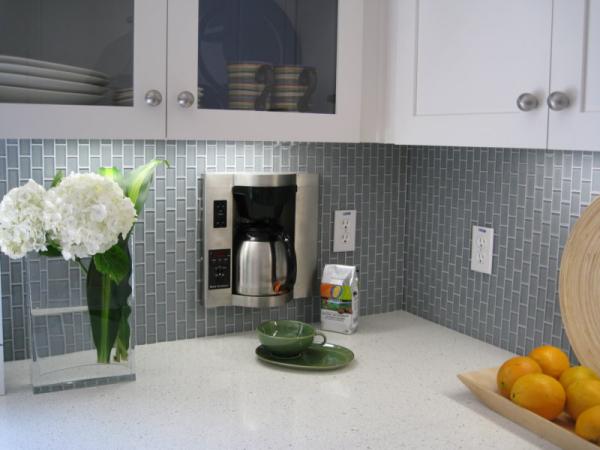




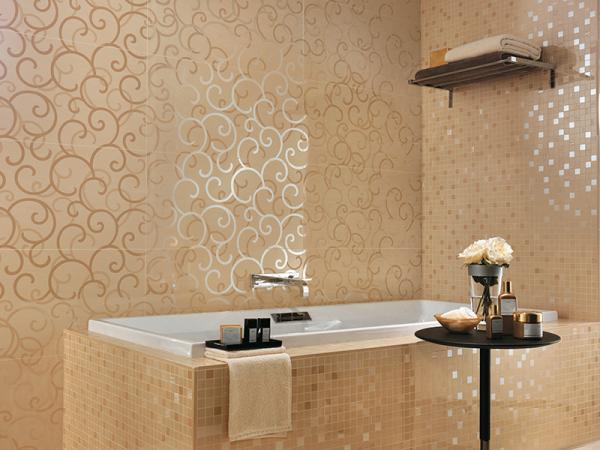

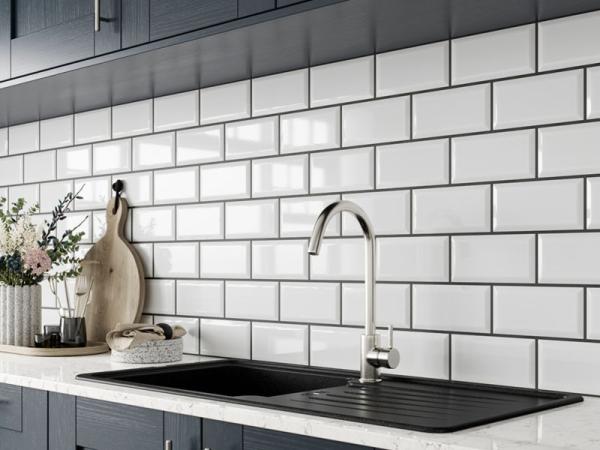


Your comment submitted.